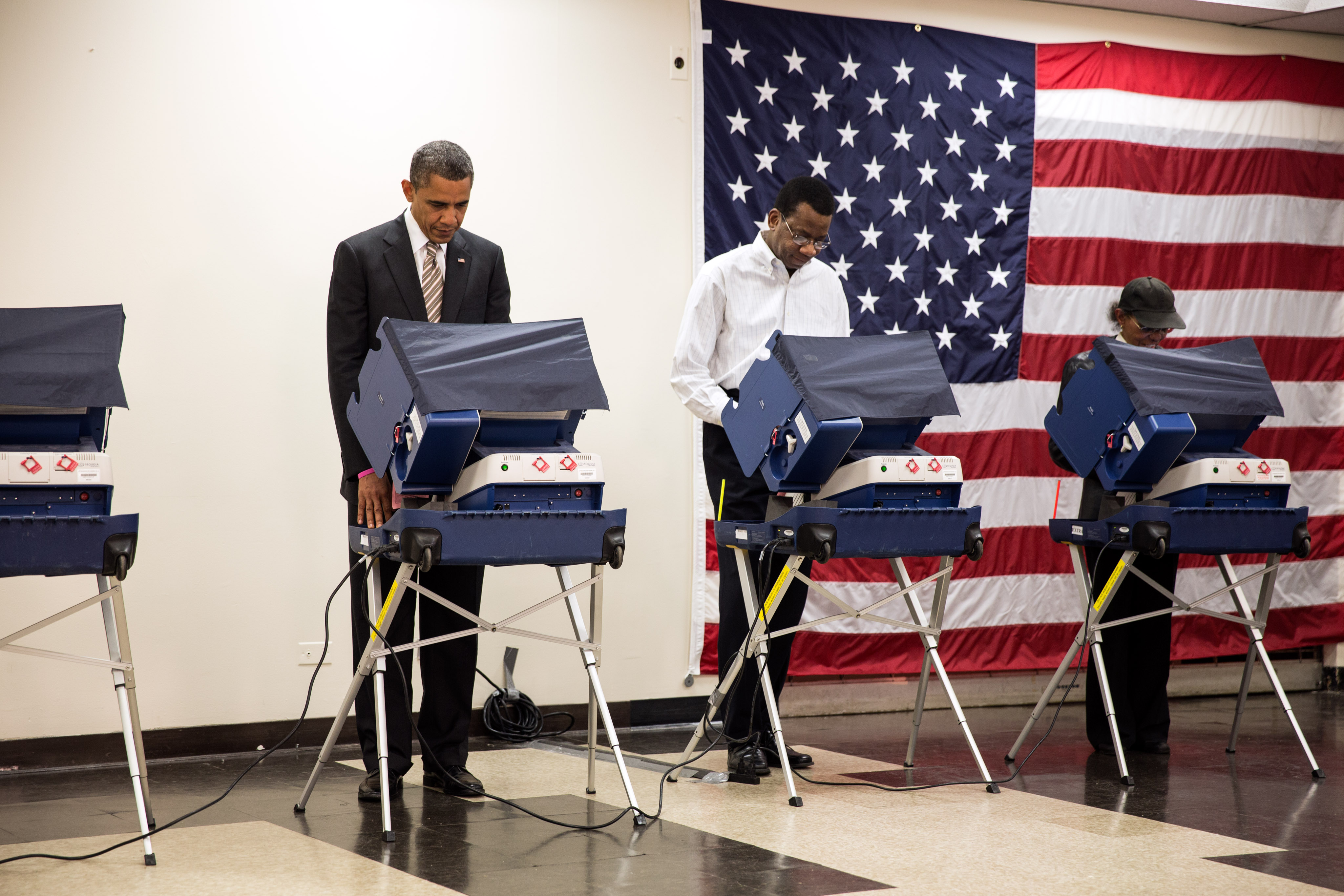Recent weeks have seen just how ideologically pure we expect our elected representatives to be. On the issue of gun control, Democrats have been shocked to see a few of their own unwilling to vote for a gun control measure. On the other side, it was simply taken as a given that no Republicans would vote for the bill. A few, however, did: Collins (R-ME), Kirk (R-IL), McCain (R-AZ), and Toomey (R-PA). Of those, Toomey was a co-author of the amendment. Still, the vote and the lead-up to it was a perfect expression of how we demand that our representatives stay within the party lines.
During his speech on campus a week ago, Governor Chaffee attributed a lot of this tension to the 1964 Republican National convention. In that convention, the right wing of the Republican Party pushed for Barry Goldwater while the northeastern moderates (like Chaffee’s father) wanted Nelson Rockefeller. The Goldwater people won, and Goldwater was the nominee. Then, when Governor Rockefeller came onstage to give his concession speech, the Goldwater supporters booed him. Party activists were shocked that the convention would boo a sitting governor of their own party, but immediately learned to harness that passion for electoral advantage.
Since then, the parties have been building platforms every four years. This means, in a two-party system, that the two opposing platforms have been rather static for around 50 years. Watch any early episode of The West Wing and you can see how little we have progressed. When President Bartlet hired Charlie Young, he promised they would outlaw the kind of bullets used to kill Charlie’s mom. How’d that go, Harry Reid?
Now, people in charge use these “wedge issues” to divide, rather than unite. These pieces of party platforms have become touchstones. Marriage equality, gun control, abortion, affirmative action – no one can run for office without taking positions on these issues.
Still, both parties have to do a strange calculus because both houses of Congress are majoritarian bodies. In order to run the place, you need the Speaker of the House or the Senate Majority Leader to be of your party. Then, your party can assign committee chairmanships, schedule legislation, and control the debate. For this reason, the Democratic Senatorial Campaign Committee has to find conservative democrats to run in red states and the National Republican Senatorial Committee has to find liberal Republicans to run in blue states. These legislators then run up against the demands of ideological purity from the national party, especially since so many of their campaign donations come from out-of-state.
The problem is, to me, that many of the issues have nothing to do with one-another. Why does someone’s opinion on a cap-and-trade-bill affect her opinion about school prayer or constitutional originalism? Yet we have somehow connected this in the public mind and among the minds of the party faithful. This has deeply affected our politics for the last 40 or so years. People worry that our politics has become too polarized and there are too few people willing to reach across the aisle. They forget, however, that party faithful demand politicians swear oaths and sign pledges on a whole slate of issues never win primaries to get onto the general election ballot.
Pledges, like the famous Norquist Pledge, should have no place in our politics. Let our elected people govern. If you think they did the wrong thing, vote against them next time, but people in power need room to maneuver and govern. When Tim Kaine ran for Senate in Virginia, he frequently said: “the only pledge I take is to uphold the constitution.” More people should let their elected officials have that mindset.

Ben, there is some of that. However, I think a big part of the problem is in the minds of the voters. All of these issues have become so interconnected – environment, gun control, voter ID laws, etc – that no one can be off the party line. A reasonable person could be an environmentalist who believes in voter ID laws, but that’s no longer allowed. A reasonable person could be an environmentalist because they love hunting, for example.
Fantastic piece, Graham, definitely speaks to some of my own feelings. As a card-carrying member of the Brown Democracy Matters chapter, I beseech you: isn’t the crux of your argument, distilled to its core, an assessment of the campaign finance system? The Norquist Pledge and other primary pledges mean little to nothing without actionable external pressure in the form of dollars and cents. I’m amazed at liberals (and non-liberals) who guffaw that the NRA and the “gun lobby” has such incredible influence. Well, how did they gain that influence? It seems clear to me that the answer is money, but maybe I’m nuts? Is there a connection here—ie, an increase in the inflation-adjusted finances of the DNC/RNC? Certainly presidential elections have become more expensive.